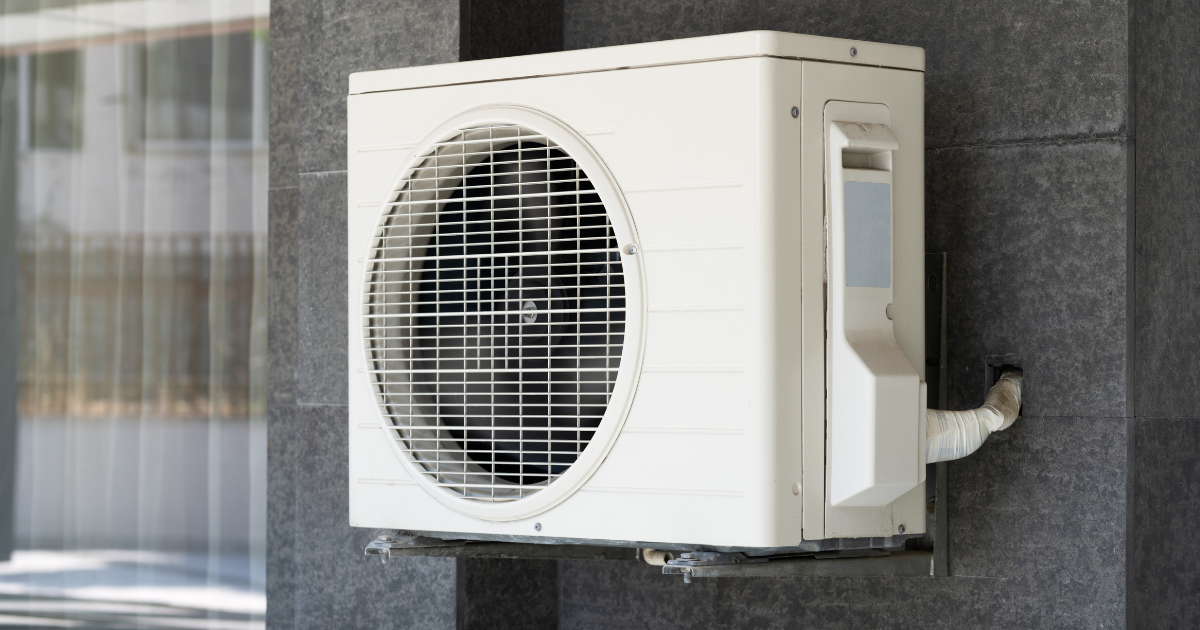How is the Ocean Linked to your Comfort?
The temperature of your home can have a significant impact on your comfort, from altering your ability to achieve a good nights’ sleep to making you more susceptible to illness. When it comes to considering temperature, many people consider the climate, but they neglect to recognize the importance of the ocean.
The world’s oceans can have significant impacts on the climate on short- and long-term scales. Although the atmosphere and land masses are responsible for absorbing some of the heat and energy given by the sun, the majority of that radiation is typically absorbed by the ocean. Because of this, the ocean works like a gigantic solar panel across the earth, helping to retain heat that would otherwise radiate and disperse quickly into space when the sun sets.
How Heat is Distributed
Beyond storing solar radiation, the ocean also helps to circulate that heat around the globe. Many scientists suggest that ocean currents moderate the climate and air temperature near shores. What’s more, ocean water is constantly evaporating, thereby increasing the humidity and temperature of the surrounding air to form storms and rain, distributed by trade winds across vast distances.
Most experts agree that beyond the equatorial areas of the earth, ocean currents determine the weather patterns of many locations. These currents behave like conveyer belts, constantly transporting cold water from the poles to the tropics and warm water from the equator towards the poles. As a result, currents work to regulate the global climate, helping to counteract the uneven amount of solar radiation reaching certain parts of the earth’s surface. Without ocean currents, the temperatures of different regions would be significantly more extreme—incredibly cold at the poles and scorching hot at the equator, meaning that fewer places on earth would be habitable for human beings.
Ocean Temperature, Air Temperature, and the Climate
The term “specific heat” refers to the amount of heat energy required to raise the temperature of a given substance by a certain amount. For water, the value is four times greater than for land or dry air. Air over land also cools down more quickly. In contrast, more heat is required to deliver a comparable rise in ocean temperature, meaning that seas generally take longer to heat up. However, these bodies of water also take much longer to cool down, meaning that the ocean generally lags behind the land in terms of temperature in regards to seasons.
The difference in specific heat between land and ocean has an impact on temperature ranges every day, as well as on a seasonal timescale. Generally, nights are warmer and days are cooler on the ocean than in land. Typically, this has an impact on coastal areas, preventing temperatures from dropping too low during the night, and keeping temperatures manageable during the day.
Although it can sometimes be difficult to notice the effects of the ocean currents on our climate, it is possible to see the impact of ocean temperature in a number of ways:
- At the beach where the air during the day is a few degrees colder than the air inland
- At the coast during evening hours, where the air is less cold than in inland areas
- During the summer months when ocean temperatures do not meet their maximum until sometime after maximum day length
- When the lowest ocean temperature occurs long after the shortest day
As oceans grow hotter, they release greater amounts of water vapor into the air, enhancing humidity. This has a further effect on the climate as humid air generally takes more time to heat up and can retain heat for longer than dry air. This is significant to temperature moderation as without the ocean’s influence, temperatures would typically fluctuate far more dramatically, making conditions impossible for us or many other life forms to live in.
Ocean Currents and Air Temperature
The equatorial regions of the earth will generally receive more heat from the sun than higher latitudes, contributing to the currents that circulate heat around the world. These currents have a significant impact on the climates in certain parts of the world, and the most well-known example is the Gulf Stream or the North Atlantic Drift. The current delivers water from the Gulf of Mexico into Northwest Europe, seen in the contrasting winters of the region. For example, Moscow suffers from freezing conditions while Glasgow—at roughly the same latitude— experiences wet, mild winters.
Although the Gulf Stream may be the most famous example, ocean currents are prevalent across the world. Some currents deliver warm water, like the Gulf, whereas others carry cold water towards the tropics, reducing humidity and leading to drier conditions. Where the colder currents flow, the drier conditions lead to greater variations in temperature than is typical for most coastal regions. For example, El Nino Southern Oscillation, or ENSO, periodically warms the Pacific Ocean and significantly impacts the climate across the planet at the same time.
La Nina and El Nino
La Nina and El Nino refer to contrasting phases of the El Nino Southern Oscillation (ENSO) cycle. This refers to a scientific term used to describe the fluctuations in temperature that exist between the atmosphere and the ocean in the Equatorial Pacific (east-central).
Commonly, La Nina is described as the cold phase of the ENSO cycle, whereas El Nino is the warm phase. As deviations from regular surface temperature, they can both have significant impacts on the global climate and weather. Episodes of La Nina and El Nino generally last between nine and twelve months, but prolonged instances can continue for far longer.
Ocean Temperature and Your Home
The temperature of the ocean can have a significant impact on the climate, the air temperature, and the state of your home. You may find that in increased periods of humidity or heat, you struggle to maintain comfortable temperatures throughout your home using your HVAC system, indicating a requirement for greater care or maintenance.
When do you feel you have the most trouble with heat, humidity, and varying temperatures? Do you find that warmer temperatures have a more significant impact on your HVAC system?

Bob Jenson
For over 45 years, Bob Jenson has been providing quality heating and air services to the San Diego community.
Request Service
Please fill out the form below to request an estimate or schedule service.
"*" indicates required fields







